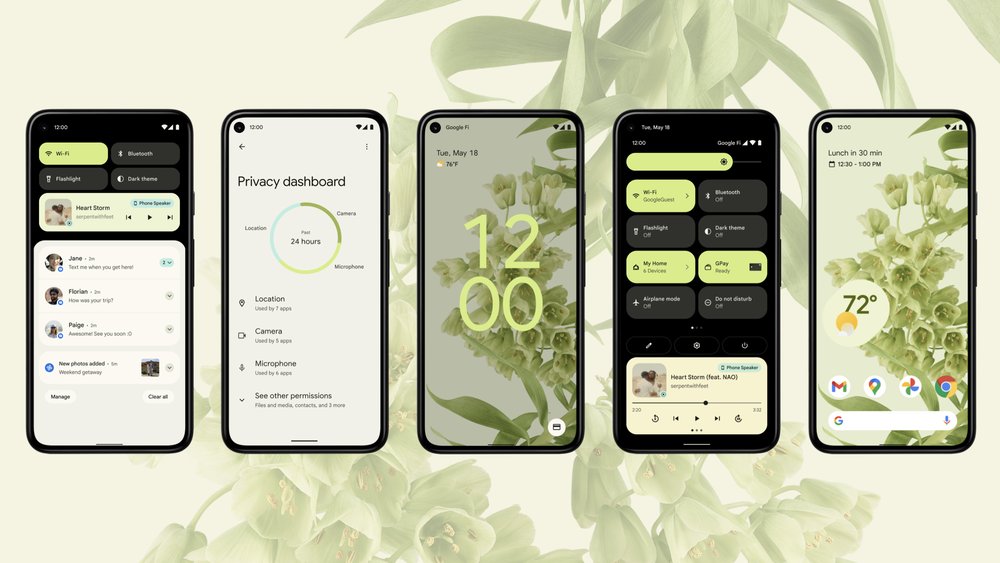If you’re an Apple fan (or you’re into technology), you probably already know about the Apple event that happened earlier this week.
In it, Apple announced a couple of updates to their iPad line, and I wanted to make a quick note of it just in case anyone is looking to move into digital sheet music in the next few months.
Upgraded iPad
The 2020 edition of the standard iPad got a few upgrades, although nothing too earth-shattering.
It still has the same 10.2-inch screen as last year’s standard iPad (a bit larger than the 9.7-inch screen on iPads 2018 and before), and still has compatibility with Apple’s first-generation Pencil.
It also got a processor upgrade (A10 to A12). That’s not really a big issue for those using the iPad as digital music reader.
Nothing is earth-shattering here. Like before, if you’re looking for a relatively cheap, general-purpose device, the newest iPad is a decent way to dip your toe into digital sheet music, especially if you’re already familiar with Apple and iOS.
New iPad Air
The biggest announcement (at least for digital music reading) is probably the new iPad Air.
I mentioned the previous generation of iPad Air (the 2019 version) last September in my Digital Music Reader Buying Guide.
The iPad Air (2019) was the choice for anyone who wanted a better iPad but didn’t want to spend iPad Pro money. The 2019 Air had a bigger screen than the standard iPad (10.5 vs 10.2 inches), and screen size is one of the most useful upgrades for a digital music reader.
The good news is that the 2020 iPad Air increases the screen size again, bumping up to 10.9-inches. This isn’t a huge increase (the 12.9-inch Pro is still much bigger), but this does bring the Air very close in screen size to the smaller iPad Pro.
The new Air also supports the 2nd-generation Apple Pencil, True Tone Display, and Apple’s new Magic Keyboard, which brings trackpad support to iPadOS.
One big downside to the new Air is storage size. Apple is traditionally stingy on storage size on its base models, “encouraging” users to upgrade storage (and the cost). The 2020 Air is no different, starting at 64GB of storage, with the next-highest level 256GB for a $140 premium.
iPad Air vs. iPad Pro 11-inch
If you’re mainly using this device to store and read PDFs, then 64GB is probably fine. But if you’re planning on downloading lots of apps, or creating audio or video content, then you may be better off with the iPad Pro 11-inch.
The base iPad Pro 11-inch comes with twice the storage of the base Air (128GB), along with other “pro” features. FaceID, LiDAR cameras, 4-speaker array, 5-mic array, and ProMotion 120Hz display are on the Pro (but not the Air). It’s also $50 more than the 256GB iPad Air ($799 vs $749), so it’s definitely in a higher price bracket, but there are potential benefits to the Pro model depending on your use case.
Like before, if you want maximum screen size (for example, reading piano parts or full scores) then the 12.9-inch iPad Pro is still the biggest screen you can get in an iPad.
But, if you’re looking for something a little bigger than standard iPad, along with support for external hardware like the new Apple Pencil or Magic Keyboard, then the new iPad Air (available in October) does a great job of bringing some pro features to a mid-range model.





